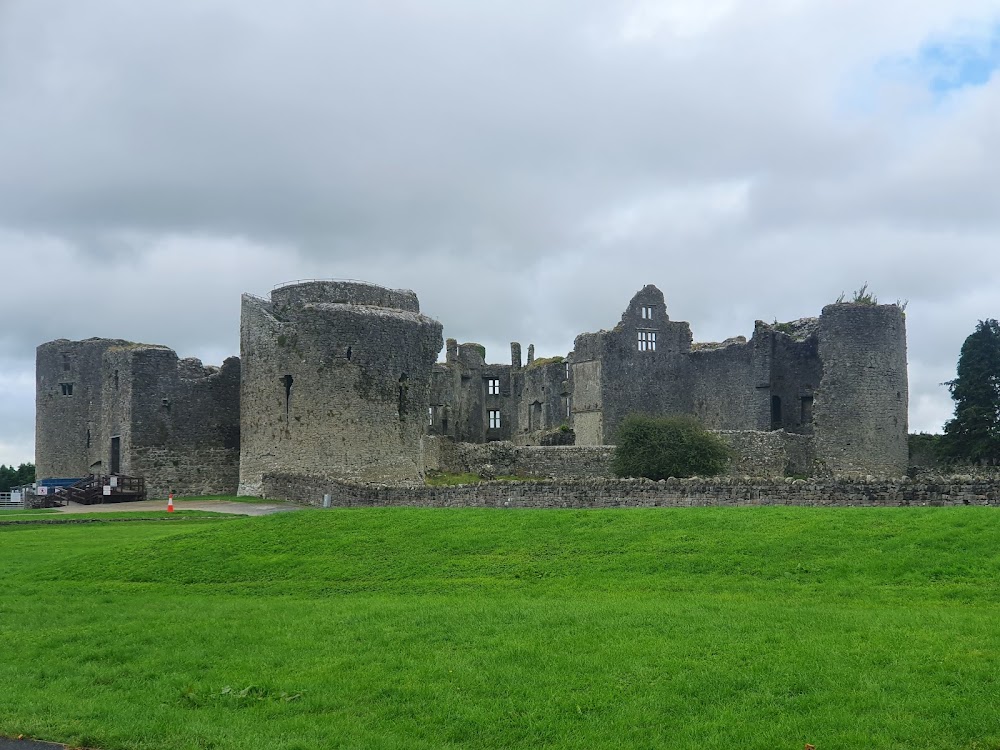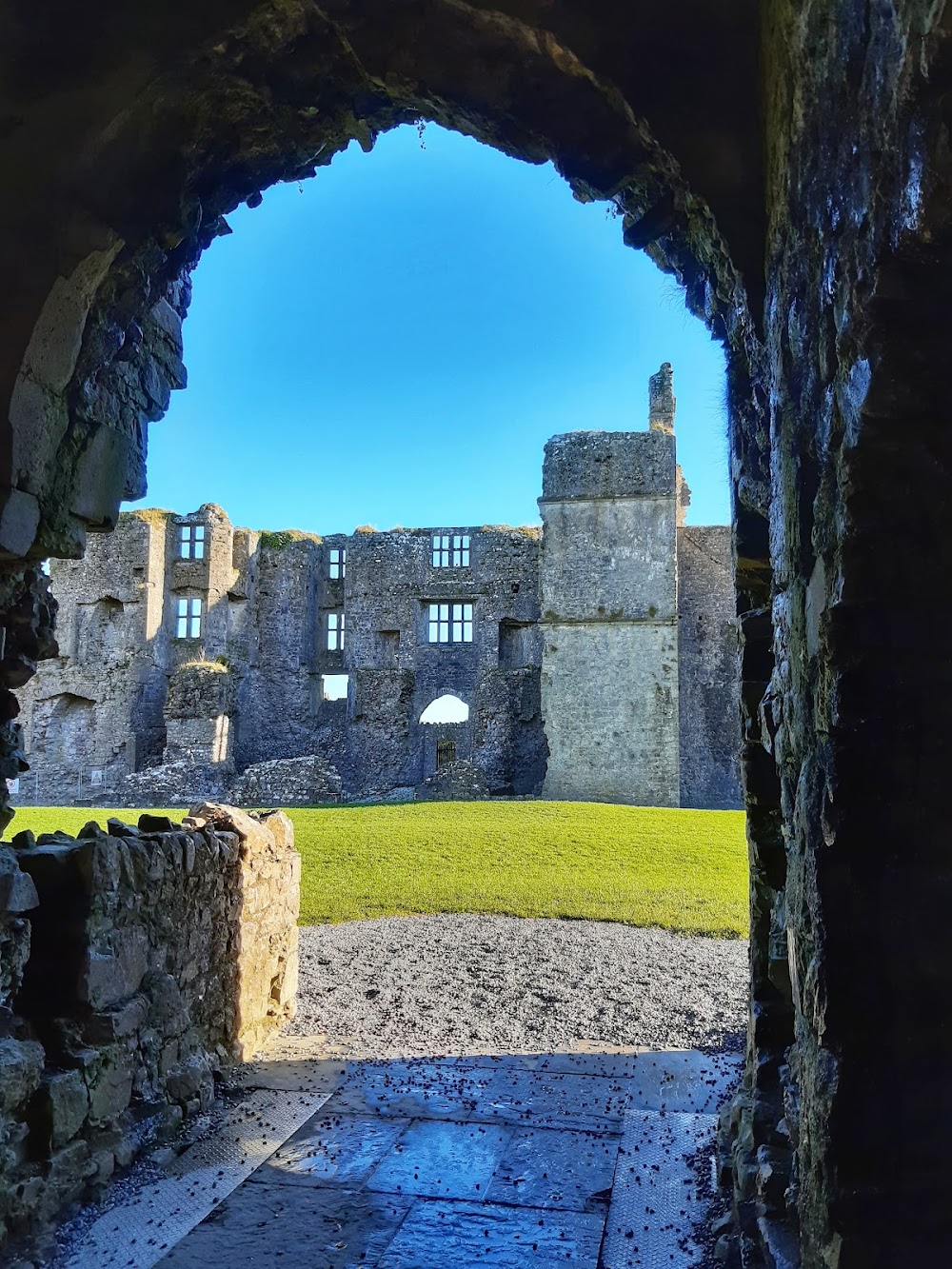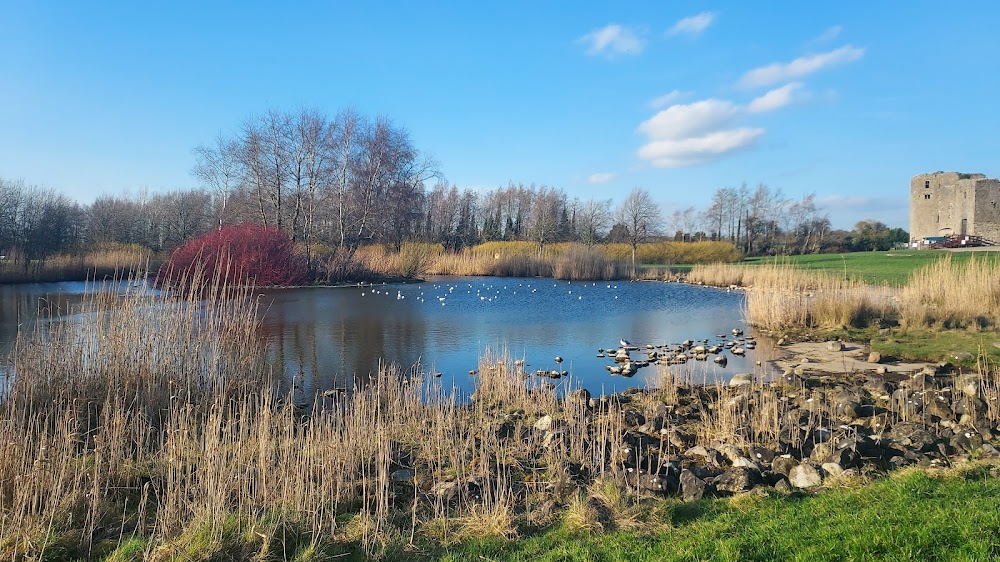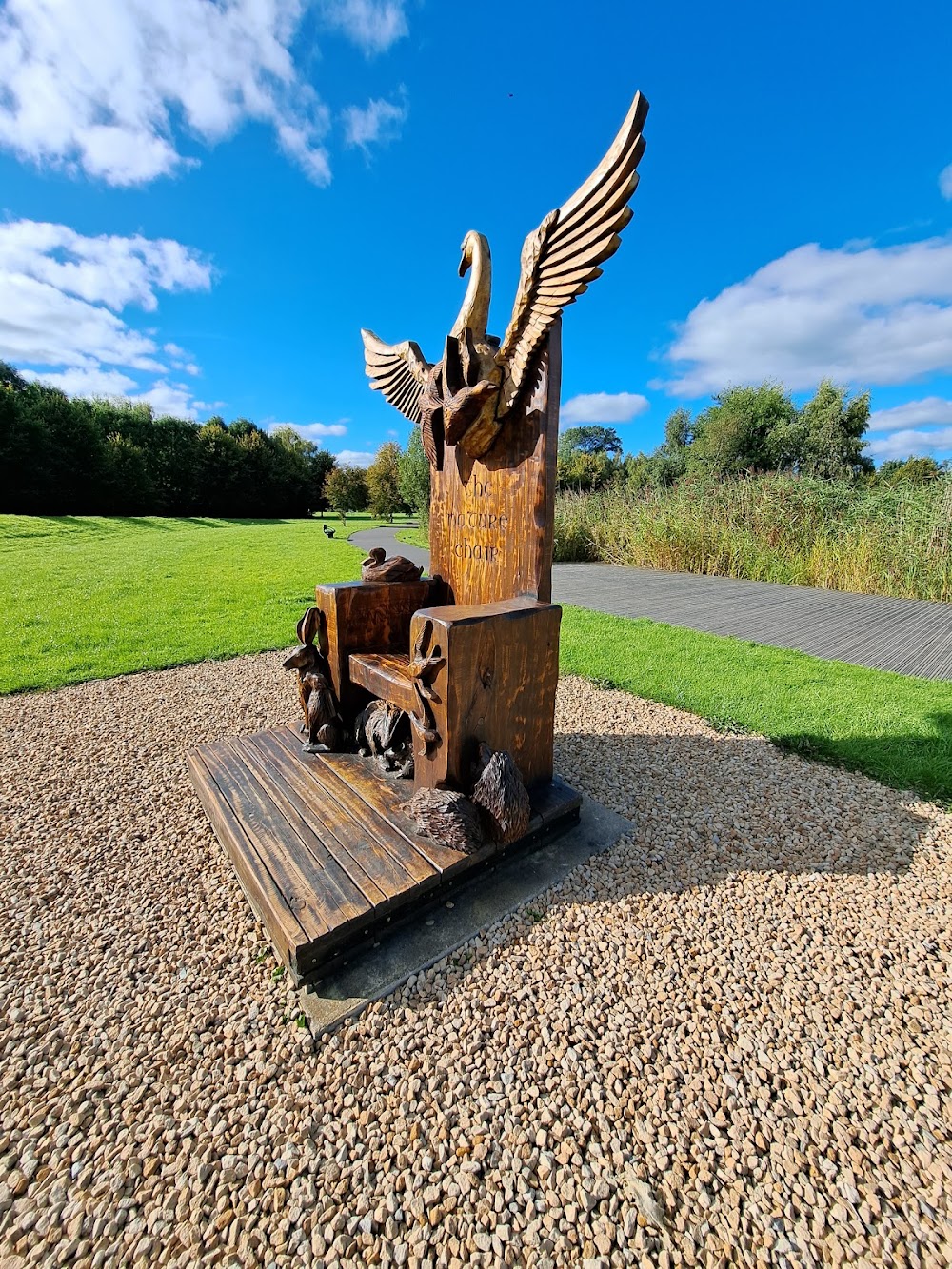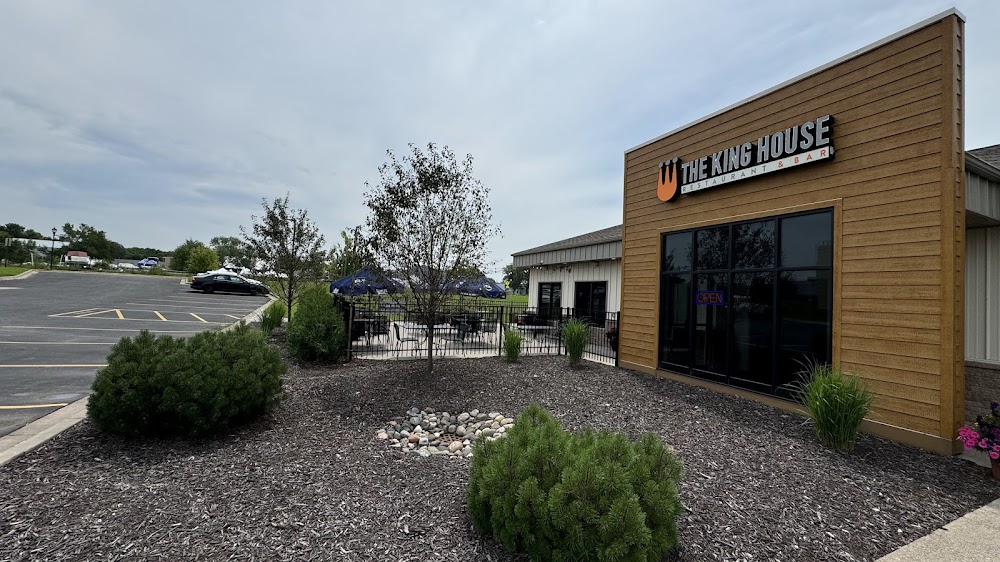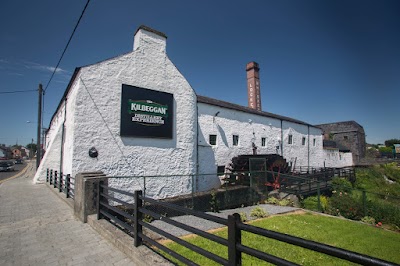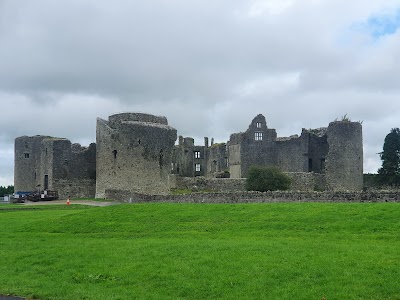Roscommon Castle (Caisleán Ros Comáin)
Overview
Discovering Roscommon Castle
Nestled in the charming town of Roscommon, Ireland, Roscommon Castle is a magnificent vestige of medieval architecture that beckons history enthusiasts and casual visitors alike. Constructed in 1269 under the direction of Robert de Ufford, the Justiciar of Ireland representing King Henry III, this castle occupies a strategically chosen site just north of the town, surrounded by marshland that once thwarted potential attackers.
Initially, Roscommon Castle was designed as a quadrangular structure featuring four imposing corner towers along with a double-towered gatehouse. Built from locally quarried limestone, its walls were encircled by a deep moat, nourished by a nearby river, significantly enhancing its defensive capabilities.
Over the centuries, the castle witnessed numerous changes in ownership and a series of sieges. In the late 13th century, it was briefly occupied by the Gaelic King of Connacht, Felim O'Conor, who fortified the structure further. However, in 1272, control reverted to the English Crown, ushering in a period of restoration and enhancement throughout the medieval era.
By the early 14th century, the Anglo-Norman family known as the de Burghs took possession of the castle. Their stewardship was marked by substantial modifications, adapting the fortress to meet the demands of evolving military technology. Enhancements included heightened walls, reinforced gatehouses, and the addition of a courtyard complete with domestic buildings such as a great hall, kitchens, and stables, improving both living conditions and garrison accommodations.
As the 16th century unfolded, Roscommon Castle evolved into a dual-purpose residence and military stronghold. However, the 17th century brought turbulence with the onset of the Irish Confederate Wars. The castle fell to Confederate forces in 1641, entering a phase of neglect and decline until it was reclaimed by English troops in 1652.
In the aftermath of Cromwell's conquest of Ireland during the 1650s, the castle was partially dismantled to prevent its use by rebel forces, leading to its eventual abandonment. Today, Roscommon Castle stands in striking ruins, a poignant reminder of Ireland's complex history. Despite its dilapidation, the castle's formidable walls, towers, and gatehouse remain partially intact, offering visitors a glimpse into its illustrious past.
Surrounded by the scenic Loughnaneane Park, the site invites exploration, allowing visitors to wander through its grounds and envision the grandeur that once defined this fortress. Managed by Roscommon County Council, ongoing efforts aim to preserve and stabilize the remaining structures. Informative plaques dotted around the site provide a wealth of historical context, turning the castle into a valuable educational resource.
Roscommon Castle is more than just a relic; it is a cherished landmark that embodies centuries of Irish and English history. Its ruins continue to captivate visitors, historians, and enthusiasts, all eager to connect with a piece of medieval Ireland and reflect on the rich legacy left by this once-mighty fortress.


